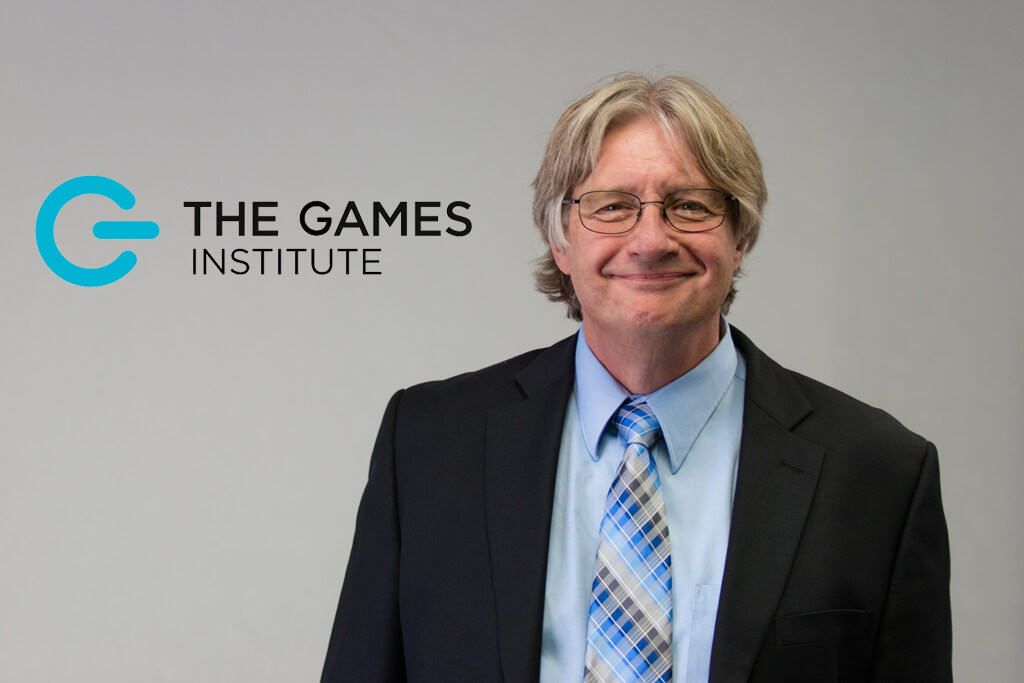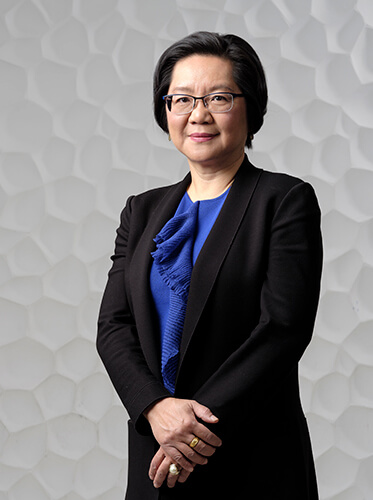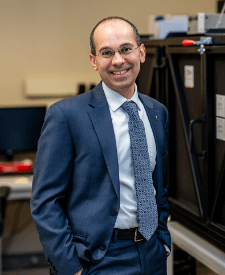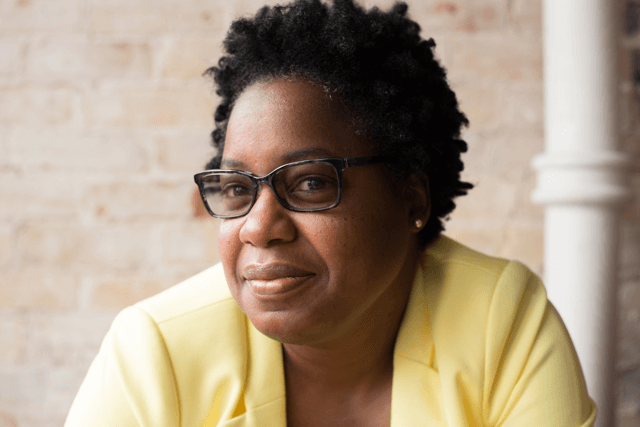Accelerator Centre welcomes 23 startups into the new UN Sustainable Development Cohort of AC:Studio
By: The Accelerator Centre Selected startups will receive up to $100,000 in seed funding and work with the AC and…

These days, virtually everything we do is virtual. There are virtual meetups, virtual happy hours, virtual school, virtual cooking classes…if you can do something in real life, then there’s a virtual version of it.
Of course, the main thing we’re doing today is finding ways to connect with our coworkers and customers virtually–and we’re not always doing that as successfully as we want.
At the University of Waterloo’s Games Institute, Dr. Neil Randall and the team are looking at how we work virtually for a potential new project called the Network for the Virtual Future. We caught up with Dr. Randall to learn more about how he views the changes to the ways we’re living and working and what the move to virtual interactions means for future generations.
The University of Waterloo’s Games Institute began ten years ago to examine and explore the world of games. Here’s a fun fact for your next virtual trivia night–the games industry is larger than the movie industry in North America. Since the beginning of time, people have been playing games, but the last four decades have seen exponential growth in traditional games and video games. In tech, we often talk about the importance of user experience, but there’s no better example of great UX than games. “There’s no other medium that gets people to go back and play for hour upon hour every single day,” said Dr. Randall. “We always talk about user experience in websites and there isn’t a single website out there that gets you back for that long.” According to Dr. Lili Liu, Dean of Health, “in health care, UX translates to engagement. Health experts are recognizing the potential of using “serious games” to engage patients with dementia in activities that help assess their cognitive function, but in a friendly and stress-free manner”.

In health care, UX translates to engagement. Health experts are recognizing the potential of using “serious games” to engage patients with dementia in activities that help assess their cognitive function, but in a friendly and stress-free manner
Dr. Lili Liu
The Games Institute takes an interdisciplinary approach to study how games work, how to make them more effective, and the impact of play on people in everyday life. Their research has expanded to explore virtual reality, augmented reality, and the ways people interact and tell stories using these continually evolving technologies.
The study of how we interact virtually in games led Dr. Randall and his team to look at the effects of working virtually. “The Network for the Virtual Future is based on the assumption that the work we’ve been doing virtually and remotely over the past year is not likely to go away completely,” said Dr. Randall. “We’ve been paying attention to the kind of activities and experiences that go on so that we might be able to be in better shape to face whatever happens next from a crisis standpoint.”
The pandemic and the quick move to working from home have sped up the adoption of technologies that help us connect and create remotely. Dr. Randall is focused on looking into the ways we can potentially maximize the benefits of these technologies.
It’s not just where we work that has changed for the long run, but also the reasons we travel for business. “I don’t think we’re going back to a situation where there’s an important thing that’s come up and you’ll just hop over to Vancouver. That broad ranging travel isn’t going to be happening again.”
Dr. Randall said the virtual interactions we’re currently doing are covering the baseline of business interactions–meetings, sales calls, support, etc. While we’re virtually doing these, we should also be challenging ourselves and asking if there are better ways or even new ways of interacting with coworkers and customers. “We need to ask what activities, what interactions are going on already that we need to be paying much more attention to because they have a greater significance,” added Dr. Randall.
The increased adoption and acceptance of virtual meetings apply to more than just work. Another area of interest for Dr. Randall is health care and the effects of remote work and virtual technology on our health. Telehealth calls over video are expanding from consultations and appointments to virtual collaboration during surgeries powered by the rollout of 5G technologies across Canada.
The changes in healthcare have been slowly happening over the last two decades, but as with most other areas, the pandemic has increased the speed of adoption for both patients and doctors. “It’s not like we weren’t able to phone our doctors before and talk to them, it’s just most people never ever did that,” said Dr. Randall. “And the doctor didn’t want it, they wanted you to come to the office. But now the whole relationship between doctor and patient is in the process of changing permanently.”
At the beginning of public health directives for physical distancing in March 2020, office visits to doctors declined by nearly 80% and virtual visits increased 56-fold (Glazier et al., 2021). “Physicians could now bill for virtual visits, unlike before. This practice would be difficult to reverse”, states Liu.
Reducing the need to visit your family doctor physically has innumerable savings for time, money, and efficiencies. “There are so many benefits to everybody not hopping in the car and going and sitting in the waiting room for an hour and a half to wait for the doctor,” added Dr. Randall. There are still areas of Ontario where people are unable to secure a family doctor. Reducing the number of physical visits opens up doctors’ potential to “see” more patients each day–increasing the number of people they can provide quality healthcare for across Ontario.
However, there is reason for caution as well. “With the growing acceptance of virtual doctor visits through phone calls and video conferencing, there could be unintended consequences,” says Dr. Karim S. Karim, Executive Director at the Center for Bioengineering and Biotechnology (CBB) at the University of Waterloo. “For example, Canadians going outside the traditional family doctor first Canadian healthcare model to seek care could find themselves interacting with US-based and other foreign healthcare providers. This raises the question of how does one regulate online private care? This increased access to clinical care, especially outside of standard hours, could be potentially good for patient healthcare outcomes, but raises serious equity issues.”

Virtual visits have not yet proven to be as effective as in-person. Early data shows we had more mortalities in the past year even after COVID deaths are taken into account. So there is still much work to be done to validate virtual care. But I agree, the genie is out of the bottle and virtual care is here to stay, whether folks like it or not.
Dr. Karim S. Karim
“Virtual visits have not yet proven to be as effective as in-person,” adds Dr. Karim. “Early data shows we had more mortalities in the past year even after COVID deaths are taken into account. So there is still much work to be done to validate virtual care. But I agree, the genie is out of the bottle and virtual care is here to stay, whether folks like it or not.”
Beyond health care and work meetings, the Network of the Virtual Future is looking at how we travel for tourism. We already do this today via virtual reality technologies, but the experiences have their drawbacks. “I can slap on an Oculus Quest headset and go visit the pyramids, but I get a headache from it,” Dr. Randall said. Improving the experience of virtual travel has an additional benefit. Even before the pandemic, travel for people who had physical disabilities wasn’t always realistic due to poorly designed or non-existing accessibility options. “What about this whole idea of people who can’t travel for whatever reasons,” asked Dr. Randall. “Can travel be done in other ways? How do you do this effectively and virtually?” Online virtual walking tours have grown in popularity during the pandemic. This way of immersing oneself in the “foot steps” of someone else in a foreign land is normalized and such tours will be in demand even for locations difficult to reach.
As we talked about how we’ve adapted to the challenges of working and living during the pandemic, Dr. Randall pointed out we’re often quick to forget the lessons learned. “We are notorious for just ignoring the warning signs, even the ones we’ve lived through. We’re really good at forgetting these things. But there’s something different about this one and I think it’s partly because it shut everything down.”
One of the reasons this crisis and its lessons might be more well remembered is that we have a generation growing up through it. Dr. Randall had recently visited his four-year-old granddaughter and noted how her worldview had been altered. “She just thinks that you go to school and you have a mask. That you don’t sit and play with each other. But my seven year-old grandson knows this is different and he’s mad. They have a different perspective on what it means to interact with people.”
The evolving perspectives on how we interact are matters of discussion for policy too. “Policy is a big word and it means different things to different organizations, but we’re starting to talk to educational organizations, other academic organizations, and other organizations like nonprofits because we’re all bound up in this world.” One area that comes up often is around access to technology for public school students.
In Ontario, during the last lockdown, students could check out Chromebooks to use at home for online learning. With those devices returned to schools, some students are left at a disadvantage during weather-impact learning days that have replaced the traditional snow days. “Chromebooks aren’t expensive, but that doesn’t necessarily mean everybody can have them,” said Dr. Randall. It’s not only devices but also access to reliable, high-speed internet that is also expanding the digital divide in remote learning.
“How do you address this if you are a government,” said Dr. Randall. “How do you deal with problems caused by isolation due to climate change, shutdowns due to pandemic. How do you put the technology and the connectivity in people’s hands so they can actually engage?”
Though a historical issue, one of the realities that became increasingly clear over the past year is the need for us as a society to address social justice and racial inequities that’s impacting the lives of so many in our world. We are looking to virtual technology to also help us with our response to some of the world’s most challenging social problems.
Dr. Kathy Hogarth

“Though a historical issue, one of the realities that became increasingly clear over the past year is the need for us as a society to address social justice and racial inequities that’s impacting the lives of so many in our world,” adds Dr. Kathy Hogarth, Special Advisor, Anti-Racism & Inclusion, Office of the Vice President, Research & International and Associate Professor in the School of Social Work at the University of Waterloo. “We are looking to virtual technology to also help us with our response to some of the world’s most challenging social problems. We are exploring for instance, the use of virtual technology in educating and shifting race relations for a more just society.”
With vaccines rolling out across Canada and the world, businesses are looking at how to get back to normal. But for Dr. Randall, it’s clear – the only way is forward from business to healthcare, education to social justice is to incorporate a virtual world.